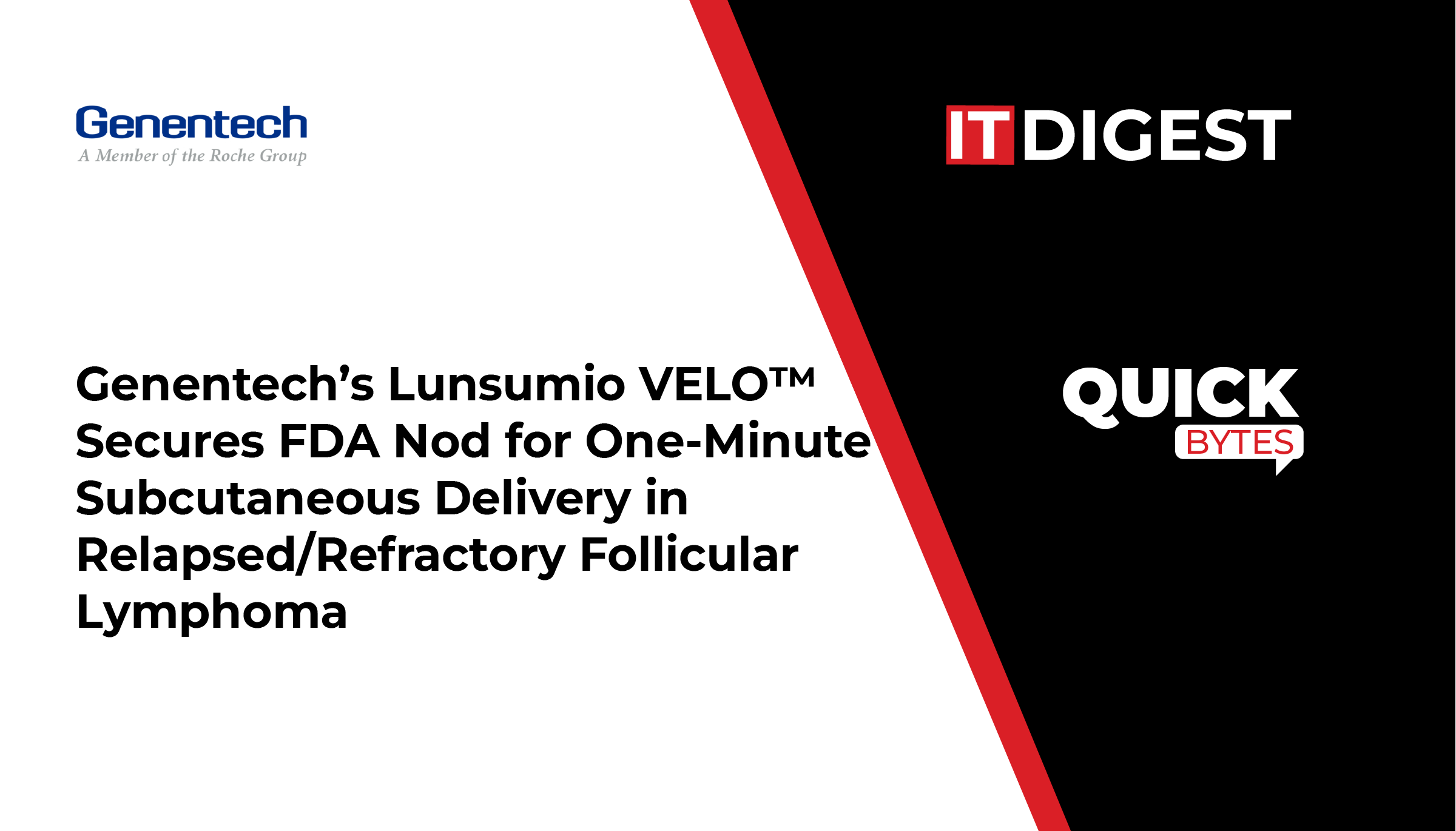Schrödinger, Inc, whose physics-based computational platform is transforming the way therapeutics and materials are discovered, announced that it is embarking on an initiative to expand its computational platform to predict toxicology risk early in drug discovery. The goal of the initiative is to develop a computational solution designed to improve the properties of novel drug development candidates and reduce the risk of development failure associated with binding to off-target proteins, which can be associated with serious side effects. This initiative is an expansion of Schrödinger’s “predict first” digital laboratory and will leverage its physics-based platform and NVIDIA’s AI technologies. Broad deployment of predictive toxicology has the potential to accelerate progress from target to drug development candidate and reduce the risk of toxicity in preclinical or clinical studies. Safety issues are a frequent cause of drug development delays and failures and are the focus of the U.S. Food and Drug Administration’s Predictive Toxicology Roadmap.
The initiative will be funded by a $10 million grant from the Bill & Melinda Gates Foundation to accelerate the scientific research underlying this initiative for the first year of the project. Once developed, the technology will be available to the Gates Foundation’s grantees around the world to help speed the development of new drugs against diseases that disproportionately affect people in low- and middle-income countries. These tools will also be available to Schrödinger’s software customers and will be used to advance Schrödinger’s proprietary drug discovery programs and collaborations.
“Drug discovery is an extremely challenging endeavor, and off-target toxicity is a significant cause of drug development failure. The application of our technology, at scale against a broad panel of known off-target proteins, has the potential to prevent a significant number of these failures, reducing the potential for safety issues in preclinical and clinical research, and lowering the cost and risk of drug development. Advances in structural biology and computer performance, coupled with the increasing accuracy of our computational platform, gives us a unique opportunity to address the need for high quality computational models for predictive toxicology,” stated Ramy Farid, Ph.D., chief executive officer at Schrödinger. “We appreciate the support from the Gates Foundation, which allows us to immediately scale up our efforts advancing this initiative.”
“Optimizing the safety profile of drug candidates is one of the most difficult challenges in drug discovery, and computational approaches have the potential to revolutionize the way we discover drugs by enabling the prediction of drug toxicity with unprecedented accuracy and efficiency prior to clinical testing,” stated Trevor Mundel, president, global health, at the Gates Foundation. “Leveraging computation to predict the toxicological risk of drug candidates could ultimately improve productivity across the pharmaceutical industry and unlock major advances against diseases that continue to plague low- and middle-income countries.”
“With its world-leading physics-based platform, Schrödinger has spearheaded the last two decades of computational drug and materials discovery,” said Kimberly Powell, vice president of healthcare at NVIDIA. “Accelerated computing — which introduces many orders of magnitude in discovery power — combined with generative AI will enhance researchers’ abilities to tackle complex scientific challenges like predictive toxicology, leading to faster, more efficient and effective discovery cycles and transformative medicines for patients.”
Schrödinger has already generated several computational predictive models of off-target drug activity. The company’s recent advances characterizing the structure of safety-related proteins such as hERG (recently published in Cell) and cytochrome P450 enzymes are examples of these efforts.
SOURCE: Businesswire
































